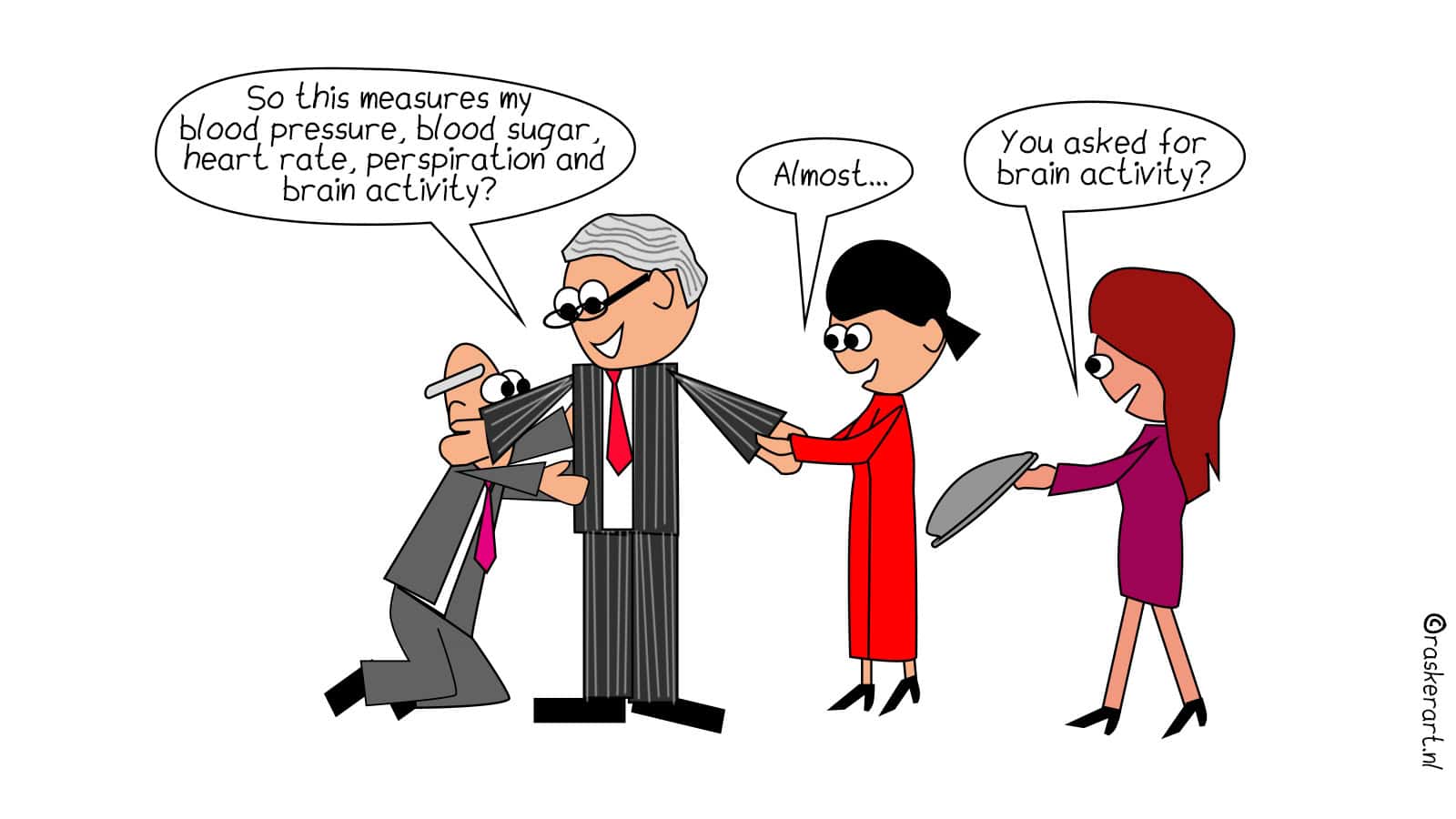
The interim results of the Phase 3 study undertaken by AstraZeneca and Moderna appear to be positive. None of these vaccines have shown serious side effects and both offer protection against the coronavirus. These results came shortly after Pfizer announced the interim results of its research on November 9.
Oxford vaccine research results
The Oxford vaccine from the University of Oxford and AstraZeneca appears to be on average 70 percent effective against the coronavirus. This is lower than the efficacy of the Pfizer (95 percent) and Moderna (94.5 percent) vaccines. According to Oxford University, the efficacy of the vaccine can be as high as 90 percent when half a dose is administered first and a full dose one month later. When two full doses are administered, the efficacy drops to 62 percent.
Although less effective than the other vaccines, the Oxford vaccine is easier to store and transport. The vaccine can be kept at temperatures between 2 and 8 degrees Celsius for at least six months. This makes it easier to distribute compared to the vaccine from Moderna (-20 degrees Celsius) and the one from Pfizer (-80 degrees Celsius).
The European Commission had already signed a deal with AstraZeneca for 300 million doses of the vaccine. Earlier this month, AstraZeneca stated its intention to distribute the first vaccines at the beginning of 2021.
Moderna research results
On November 16, Moderna announced the preliminary analysis of the phase 3 results. According to this analysis, the vaccine is 94.5 percent effective in preventing COVID-19. The vaccine appears to be particularly effective in people over the age of 65 and people of non-western descent. How long the vaccine provides protection is as yet unknown.
30,000 volunteers took part in the research. The coronavirus was detected in 95 of the volunteers, 90 of whom were in the placebo group. This means that these 90 subjects did not receive the vaccine. Of the infected test subjects, 11 had a serious case of COVID-19. None of them belonged to the group that was vaccinated.
No serious side effects of the vaccine have been reported so far. Most of the side effects that have been experienced are pain and redness at the injection site, fatigue, joint pain, and headaches. Overall, these side effects were of short duration.
Advice from the Health Council of the Netherlands
Given that several vaccines are showing positive research results, the government must make more concrete decisions about the logistics of vaccination. The Health Council of the Netherlands has issued an advisory to that effect: People over the age of 60 and people who are in a medical risk group should be vaccinated first.
The Council defines the medical risk groups as follows: People with heart or lung conditions, diabetes patients, kidney patients, people with immune disorders, and people living in institutions or nursing homes. The main goal of this strategy is to reduce mortality rates caused by COVID-19.
In its advice to the Dutch House of Representatives, the council has drawn up two more alternative strategies. The second strategy is aimed at reducing the spread of the virus. Groups that play the greatest role in spreading the virus would be vaccinated first then. That way, vulnerable groups would also be protected indirectly. The third strategy prioritizes healthcare staff and people working in essential services.
Also interesting:
Corona vaccine from Pfizer and BioNTech potentially available as early as this month
SARS-CoV-2: A greater risk of infection in winter even outdoors?








